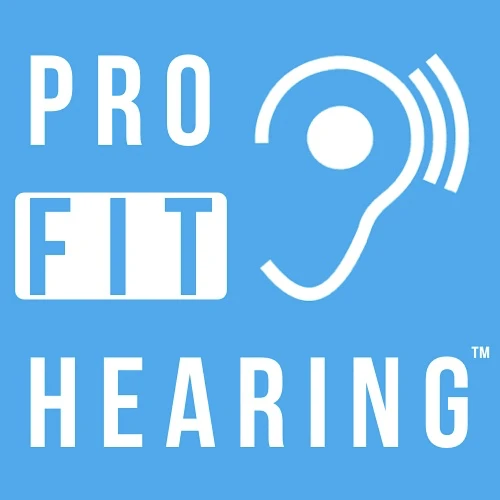Single Sided Deafness – Types of Hearing Aids

Single Sided Deafness
Are you interested in types of hearing aids for unilateral hearing loss and single sided deafness? In this post, I’m talking about 3 possible solutions. Coming up!
SUBSCRIBE to our YouTube channel for weekly videos!
Hi, I’m Dr. Derek – audiologist, audio engineer, and musician with Pro Fit Hearing.com bringing you the best insight in today’s latest hearing aids, headphones, and audio technology to improve your life. If you have concerns about your hearing, always consult with your local physician or audiologist.
If you’re interested in hearing aids, check out my free eBook HERE.
Single Sided Deafness – Types of Hearing Aids
Today, I’m talking about 3 types of hearing aids for unilateral hearing loss and single sided deafness. Make sure to read until the end of this post where I’ll discuss one more possible technology solution. Remember, if you experience hearing loss in one ear make sure to consult with your physician as soon as possible.
The first types of hearing aids that I’ll discuss today rely on monaural hearing. This means that sound is sent from the side with hearing loss wirelessly to the normal or better hearing ear. Usually, these types of hearing solutions are reserved for people who have a hearing loss that’s severe enough in one ear that a traditional hearing aid does not provide adequate benefit. Your audiologist can discuss whether this is an appropriate solution for you.
#1 – CROS Hearing Aid
The first type of hearing aid for unilateral hearing loss and single sided deafness is the CROS hearing aid. CROS stands for Contralateral Routing Of Signal. A CROS hearing aid picks up the sound on the side with hearing loss and sends it wirelessly to the normal hearing, opposite ear.
#2 – BiCROS Hearing Aid
The second type of hearing aid for unilateral hearing loss and single sided deafness is the BiCROS hearing aid. BiCROS stands for Bilateral Contralateral Routing Of Signal. It’s designed for people who have hearing loss in both ears. Just like with the CROS system this also wirelessly sends sound from the worse ear to the better ear. However, the better ear is also receiving amplified sound to accommodate for its hearing loss.
#3 – Bone Anchored Hearing Aid (BAHA)
A third type of hearing aid for unilateral hearing loss and single sided deafness is the bone anchored hearing aid or BAHA. This system is different than the CROS and BiCROS, because it uses bone conducted sound. It’s a small device that sits behind the ear, and it vibrates against the bone. This bone conducted sound transmits through the skull from the side of the bad ear to the good ear.
A BAHA device can be secured into place with a headband (for children) or with surgical implantation into the bone. This often results in a metal post implanted into the bone or a magnetic implant positioned just under the skin. Bone anchored hearing aids are also used for conductive and mixed hearing loss.
Single Sided Deafness – One More Option
Ok, so now I’ll discuss another possible technology solution for hearing loss in one ear. It allows for binaural hearing, or hearing from both ears. Up to this point, I’ve covered monaural hearing aid solutions that send sound from the bad ear to the good ear. However, being able to hear from both ears can improve sound awareness, sound localization, and speech understanding.
In 2019, the FDA approved the MED-EL Synchrony and Synchrony 2 cochlear implants for treatment of single sided deafness and asymmetrical hearing loss. A cochlear implant is surgically inserted into the inner ear. This completely bypasses the normal hearing mechanism by stimulating the auditory nerve directly with an electrode array. The sound quality with a cochlear implant is very different from normal hearing, but the brain gradually learns to make sense of all the new auditory input received from a cochlear implant.
Cochlear Implant Candidacy Criteria
In addition to certain audiological criteria, there must be limited benefit from an appropriately adjusted hearing aid in the ear to be implanted. An Ear, Nose, and Throat doctor (or ENT) as well as your audiologist can evaluate your hearing and determine whether this is an appropriate treatment for your specific needs. For more information on the use of a cochlear implant for single sided deafness and asymmetrical hearing loss, make sure you check out the MED-EL cochlear implant candidacy criteria PDF HERE.
If you’re looking for more information on hearing aids like CROS, BiCROS, or BAHA, please subscribe to our YouTube channel https://www.youtube.com/profithearing and hit the notification bell so you know when the next video is posted.
So, what technology option discussed today surprised you the most? Let me know in the comments below. Connect with us on social media. Be a part of the Pro Fit Hearing community!
-Dr. Derek
